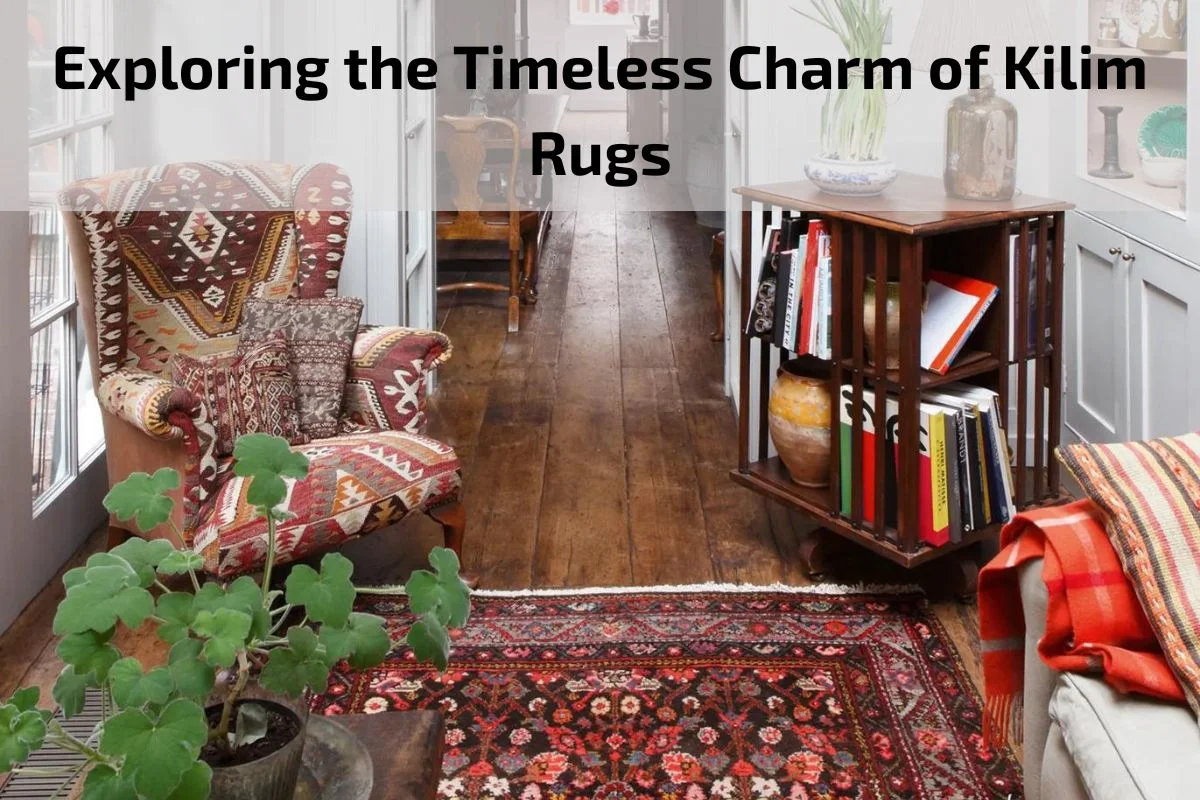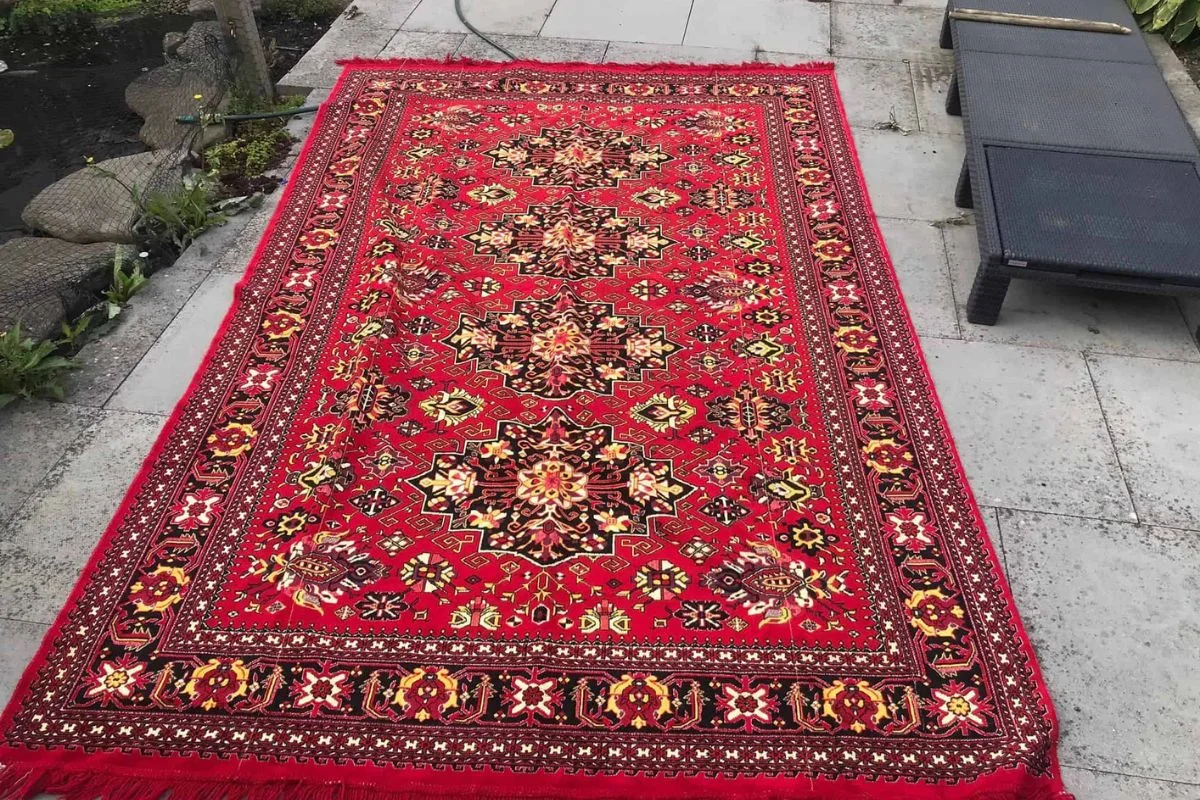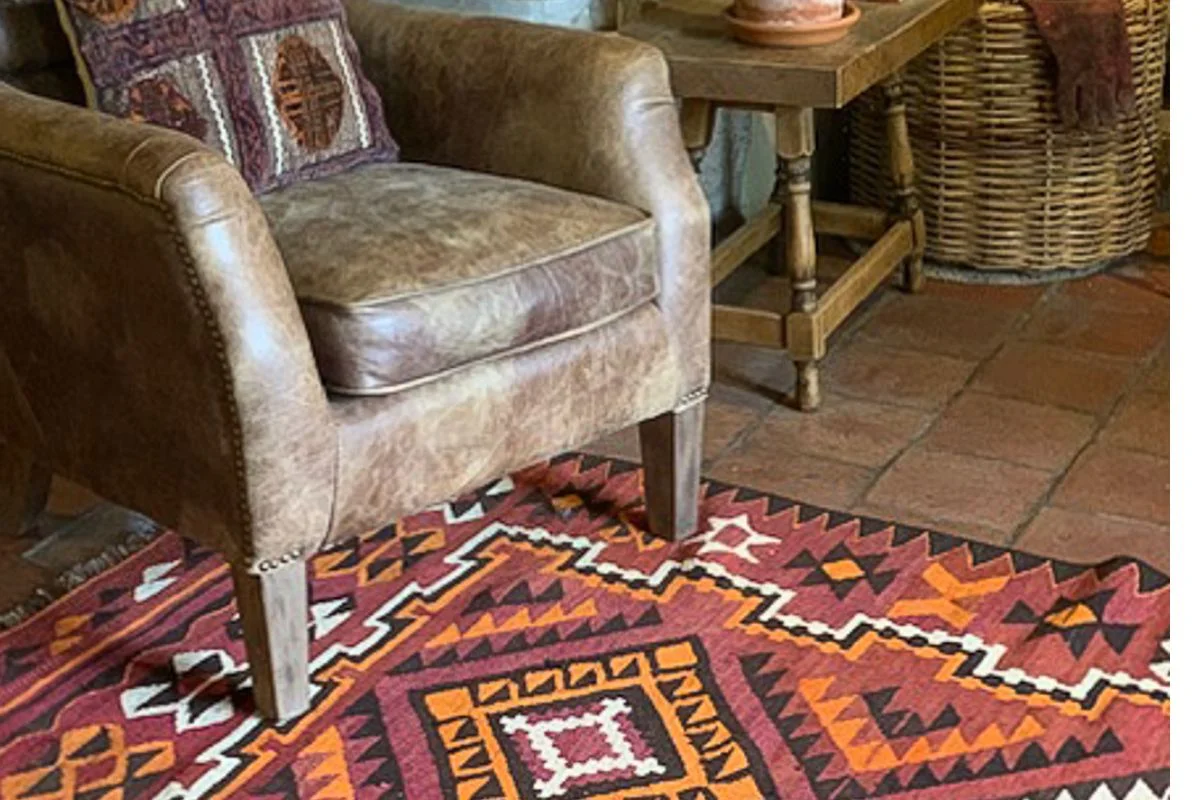Exploring the Timeless Charm of Kilim Rugs
Step into the world of Kilim rugs, where tradition meets artistry, and history weaves itself into intricate patterns of beauty and meaning. Kilim rugs have long captured the imagination with their vibrant colors, geometric designs, and rich cultural heritage. These timeless pieces serve not only as floor coverings but also as symbols of heritage, craftsmanship, and storytelling.
In this journey of exploration, we delve into the enchanting realm of Kilim rugs, uncovering the origins, significance, and enduring allure of these woven treasures. From the nomadic tribes of Central Asia to contemporary interiors around the globe, Kilim rugs have transcended time and geography, leaving an indelible mark on the world of design and decor. Join us as we unravel the threads of tradition and discover the timeless charm of Kilim rugs.
Brief Overview of Kilims
Kilims are flat-woven rugs or carpets that originate from various regions, including the Middle East, Central Asia, and North Africa. Unlike pile rugs, Kilims are created using a flat weaving technique, resulting in a thin, lightweight fabric with no pile. These versatile textiles feature intricate geometric patterns, vibrant colors, and symbolic motifs, making them cherished artifacts in many cultures. Kilims serve as both functional floor coverings and decorative pieces, embodying centuries of tradition, craftsmanship, and artistic expression. Their timeless appeal and cultural significance have made Kilims sought-after treasures in interior design and collector’s circles worldwide.
Types of Kilims
Kilims encompass a diverse range of styles, designs, and weaving techniques, reflecting the cultural and geographical diversity of their origins. Here are some common types of Kilims:
- Tribal Kilims: Handwoven by nomadic tribes and rural communities, tribal Kilims often feature bold geometric patterns and earthy colors. These Kilims carry deep cultural significance and are passed down through generations as symbols of heritage and identity.
- Anatolian Kilims: Originating from Anatolia, the Asian part of Turkey, Anatolian Kilims are renowned for their intricate motifs and vibrant color palettes. These Kilims often feature floral patterns, animal motifs, and intricate borders, reflecting the region’s rich cultural heritage.
- Persian Kilims: Hailing from Iran, Persian Kilims are celebrated for their exquisite craftsmanship and intricate designs. Persian Kilims may feature geometric patterns, floral motifs, or pictorial scenes, each telling a story steeped in Persian history and tradition.
- Caucasian Kilims: Produced in the Caucasus region, Caucasian Kilims are prized for their bold colors, geometric designs, and fine craftsmanship. These Kilims often feature striking contrasts and intricate motifs inspired by tribal symbols and folklore.
- Balkan Kilims: Balkan Kilims originate from the Balkan Peninsula and are characterized by their vibrant colors and geometric patterns. These Kilims may feature stylized motifs inspired by nature, as well as symbols of protection and good fortune.
- Moroccan Kilims: Moroccan Kilims, also known as Berber Kilims, are handwoven by the indigenous Berber tribes of North Africa. These Kilims feature simple geometric patterns and tribal motifs, often in neutral tones such as cream, beige, and brown, reflecting the desert landscape and nomadic lifestyle of the Berber people.
Incorporating Kilims into modern interior design
In today’s design landscape, Kilims serve as versatile and captivating elements that seamlessly blend traditional charm with contemporary aesthetics. Here are several ways to integrate Kilims into modern interior design:
- Statement Rugs: Use Kilim rugs as statement pieces in living rooms, dining areas, or bedrooms. The vibrant colors and intricate patterns of Kilims add visual interest and personality to minimalist or neutral spaces, creating focal points that anchor the room’s design.
- Layering: Experiment with layering Kilim rugs over larger, solid-colored rugs to add depth and texture to the room. Mixing patterns and textures creates visual intrigue while infusing warmth and coziness into modern interiors.
- Wall Hangings: Transform Kilim rugs into striking wall hangings by mounting them on wooden dowels or framing them in sleek, minimalist frames. Hung as artwork, Kilims infuse spaces with cultural flair and tactile richness, adding depth and dimension to bare walls.
- Upholstery and Soft Furnishings: Incorporate Kilim fabrics into upholstery, throw pillows, and soft furnishings to infuse modern interiors with a touch of bohemian charm. Kilim upholstery adds a pop of color and pattern to contemporary furniture pieces, lending a sense of warmth and character to the space.
- Mixing Styles: Embrace an eclectic design approach by mixing Kilims with contemporary furniture, mid-century modern pieces, or industrial accents. The juxtaposition of old and new creates a dynamic and visually stimulating environment that reflects the homeowner’s unique style and personality.
- Accessorizing: Use Kilim poufs, ottomans, or floor cushions as stylish and functional accessories in modern living spaces. These versatile pieces provide additional seating options while infusing rooms with a sense of cultural heritage and global sophistication.
- Outdoor Spaces: Extend the charm of Kilims to outdoor areas such as patios, decks, or balconies. Outdoor Kilim rugs are durable and weather-resistant, making them ideal for adding color and pattern to al fresco dining and lounging areas.
Creative ways to use Kilims as decorative accents
Kilims are not just floor coverings; they are versatile textiles that can be used in numerous creative ways to add character and warmth to your home decor. Here are some imaginative ways to incorporate Kilims as decorative accents:
- Table Runners: Transform your dining table or console table by using a Kilim as a vibrant table runner. The intricate patterns and colors will instantly elevate the look of your dining space, adding visual interest and charm to your table setting.
- Throw Blankets: Drape a Kilim over the back of your sofa or armchair to add a cozy and eclectic touch to your living room. Kilim throw blankets not only provide warmth on chilly evenings but also serve as eye-catching decorative elements when not in use.
- Floor Cushions: Sew Kilim fabric into large floor cushions or poufs for additional seating in your living room or reading nook. These colorful cushions not only provide extra seating for guests but also add a bohemian flair to your space.
- Wall Art: Frame small sections of Kilim rugs and hang them as unique pieces of wall art. Whether arranged as a gallery wall or displayed individually, Kilim wall art adds texture, color, and cultural charm to any room.
- Upholstery Accents: Add Kilim upholstery accents to your furniture pieces for a touch of global sophistication. Upholster ottomans, benches, or even chair seats with Kilim fabric to infuse your space with warmth and personality.
- Bed Throws: Layer a Kilim throw at the foot of your bed to introduce a pop of color and pattern to your bedroom decor. Kilim bed throws add visual interest to your bedding ensemble while offering an extra layer of warmth during cooler months.
- Outdoor Decor: Extend the beauty of Kilims to your outdoor living spaces by using them as picnic blankets, tablecloths, or even as cushion covers for outdoor furniture. Kilim textiles add a touch of exoticism and coziness to outdoor gatherings and al fresco dining experiences.
Care and Maintenance of Kilims
Taking proper care of your Kilim rugs is essential to preserve their beauty and longevity. Here are some tips for maintaining and cleaning your Kilims:
- Regular Vacuuming: Vacuum your Kilim rugs regularly to remove dust, dirt, and debris. Use a vacuum cleaner with a low suction setting and a brush attachment to avoid damaging the delicate fibers of the Kilim.
- Rotate Your Rugs: Rotate your Kilim rugs regularly to ensure even wear and tear. Rotating your rugs every few months helps prevent one area from becoming more worn than others, prolonging the lifespan of your Kilims.
- Spot Cleaning: Immediately attend to spills and stains on your Kilim rugs by blotting them gently with a clean, dry cloth. Avoid rubbing the stain, as this can spread it further into the fibers. Use a mixture of mild detergent and water to spot clean the affected area, and blot dry with a clean towel.
- Professional Cleaning: Consider professional cleaning for your Kilim rugs every 1-2 years, especially if they are heavily soiled or stained. Professional cleaners have the expertise and equipment to deep clean and restore the vibrancy of your Kilims without causing damage.
- Avoid Direct Sunlight: Protect your Kilim rugs from prolonged exposure to direct sunlight, as UV rays can cause fading and discoloration over time. Position your rugs away from windows or use curtains or blinds to block out harsh sunlight.
- Use Rug Pads: Place rug pads underneath your Kilim rugs to provide cushioning and prevent slipping. Rug pads also help protect the underside of the rug and the floor beneath it from scratches and abrasions.
- Air Out Your Rugs: Occasionally, air out your Kilim rugs by hanging them outdoors in a shaded area. This helps remove any accumulated odors and allows the rugs to breathe, rejuvenating their fibers.
- Store Properly: If you need to store your Kilim rugs for an extended period, roll them up with the pile facing inward to prevent creasing and damage to the fibers. Store the rolled rugs in a cool, dry place away from moisture and pests.
By following these care and maintenance tips, you can ensure that your Kilim rugs remain vibrant, clean, and beautiful for years to come, preserving their timeless charm and cultural significance.
Conclusion
In conclusion, Kilim rugs stand as timeless symbols of artistry, tradition, and cultural heritage. With their intricate patterns, vibrant colors, and rich history, Kilims add a touch of warmth and character to any space they adorn. From their origins in nomadic tribes to their contemporary appeal in modern interiors, Kilims continue to captivate with their unique charm and versatility.





0 comments